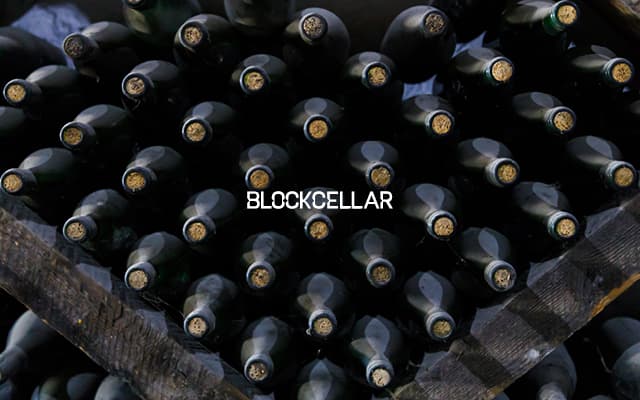Fine wine has long been a symbol of luxury and refinement, but over the past few decades, it has evolved into a highly sought-after asset class. What was once the passion of collectors and connoisseurs has become a structured market with dedicated investors, global trading platforms, and a growing demand for rare bottles. Let’s explore how fine wine transitioned from a collector’s indulgence to a powerful investment vehicle and what this means for today’s investors.
1. The Early Days: Wine as a Status Symbol
Wine has been associated with prestige for centuries. In ancient Rome, the finest wines were reserved for emperors and the elite, and in 18th-century France, Bordeaux and Burgundy producers began developing reputations that would last for centuries. However, for much of history, wine collecting was driven more by personal enjoyment than financial gain.

Key Factors:
- Limited production and exclusivity created demand among nobility and aristocrats.
- Wine quality and aging potential made it an attractive collectible.
- Some wealthy collectors passed down cellars through generations, preserving heritage and prestige.
2. The Shift Toward Investment: The Bordeaux Boom
The transformation of wine into an investment asset gained momentum in the 1980s and 1990s, largely due to Bordeaux’s rise on the global stage. With the rise of influential critics like Robert Parker, fine wine began receiving quantifiable ratings, making it easier to assess value.

Key Drivers:
- The 1855 Bordeaux Classification continued to shape perception and demand for premier wines.
- Critic scores (e.g., Robert Parker’s 100-point scale) created measurable benchmarks for investment.
- Wine auctions and secondary markets emerged, increasing global accessibility.
3. The Modern Investment Era: Globalization and Technology
By the early 2000s, fine wine investment had expanded beyond Bordeaux, with Burgundy, Champagne, and Napa Valley wines entering the scene. Investment-grade wines became an alternative asset class, much like gold or fine art.

Key Developments:
- Liv-ex (London International Vintners Exchange) launched in 1999, creating a formal marketplace for trading fine wine.
- Increased Asian demand, particularly from China, pushed prices for Bordeaux and Burgundy to record highs.
- Storage solutions in bonded warehouses ensured perfect preservation, enhancing long-term investment potential.
4. The Digital Age: Blockchain and Wine Investment Today
Today, wine investment is undergoing another transformation with the rise of blockchain technology and tokenized assets. Platforms like BlockCellar leverage blockchain to ensure provenance, security, and easy trading.

Why Blockchain Matters:
- Authenticity & Provenance: Digital records ensure bottles are genuine and properly stored.
- Liquidity: Tokenization allows for fractional ownership and easier trading.
- Global Access: Investors worldwide can participate in the market without handling physical bottles.
The Future of Wine Investment
The evolution of fine wine as an investment has been shaped by market demand, technology, and globalization. Today, platforms like BlockCellar are pushing the industry further by combining blockchain security with fine wine investment, ensuring that collectors and investors alike can buy, store, and trade with confidence.
Ready to Start Your Wine Investment Journey?
Explore BlockCellar’s curated selection of investment-grade wines today and take advantage of cutting-edge technology to protect and grow your collection.





